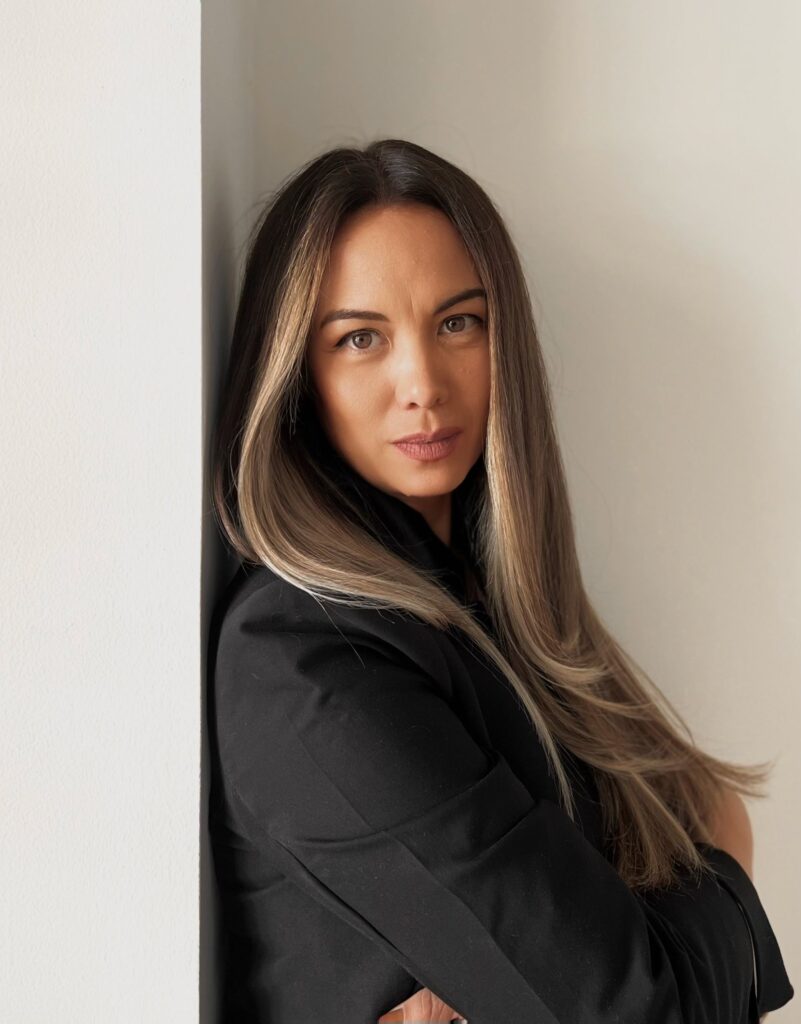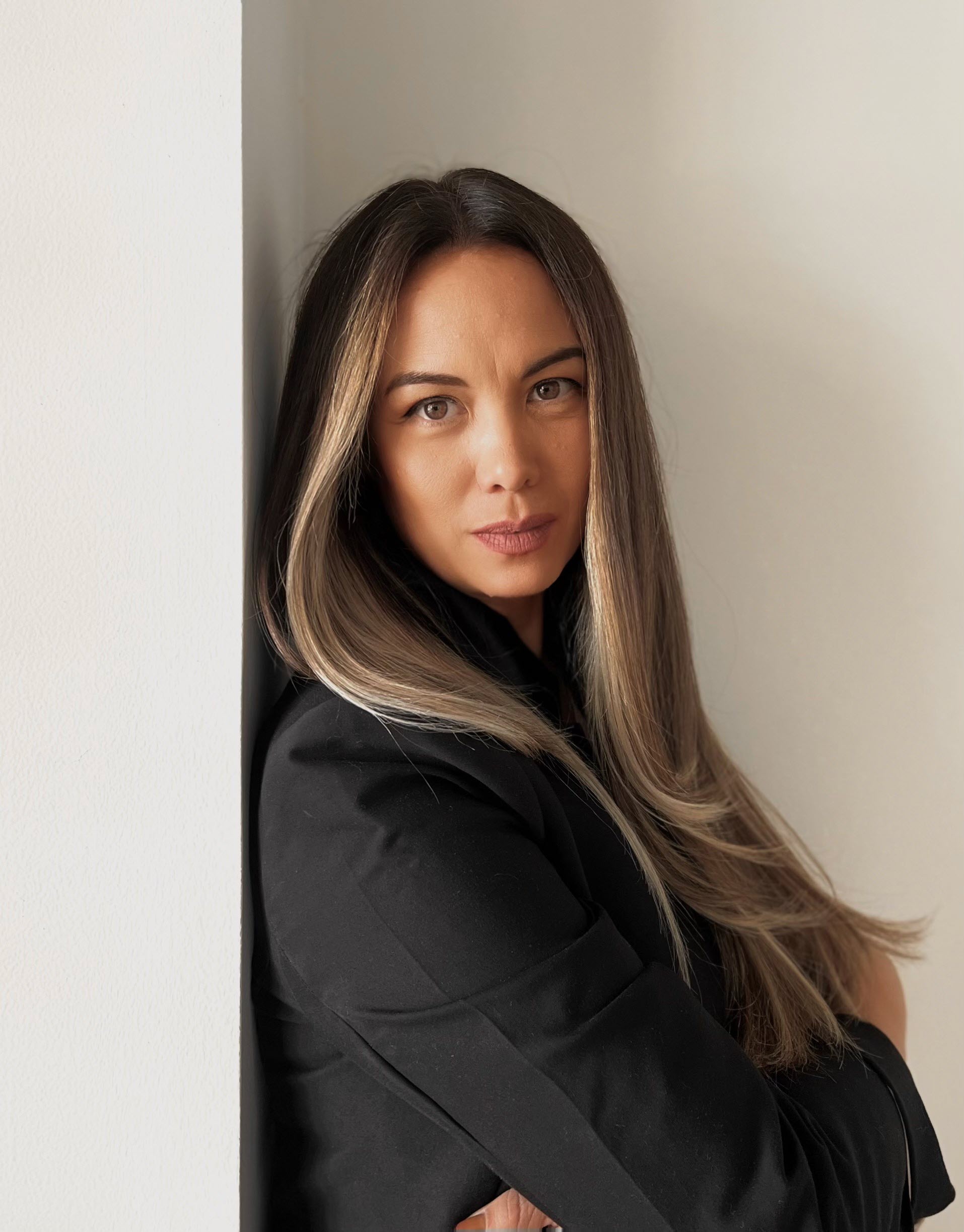Every teacher remembers their first year teaching, as it plays a critical role in shaping their future classroom practice. Mine was foundational and still drives the work I do as an Instructional Design Manager at Discovery Education. Prior to becoming an educator, I believed that curiosity was a powerful catalyst for learning. But reality hit during my first year of teaching. I realized that some of my students were not actively engaged in the process of learning and simply wanted to know “the correct answer.”

As part of my work for Discovery Education, I have the opportunity to speak with teachers nationwide on a regular basis. Through those conversations, I’ve come to believe that since I left the classroom, student interest in learning has dropped even further. In fact, according to the Education Insights 2024-2025 Learning Today, Leading Tomorrow report, 46% of teachers report that student engagement has declined, and 68% of teachers report that getting students excited about learning is a top challenge.
What can we do amidst this curiosity crisis? How do we engage our students and reignite curiosity? Why are our students not “naturally” driven to learn about the world around them? To answer these questions, I want to make the case that to become a lifelong learner, with a strong sense of curiosity, requires exercise and practice in a safe environment.
There are some strategies that I have learned both within my classroom and out that exercise the “curiosity muscle” and create lifelong learners.
Create an environment that is safe and encourages open-ended questioning, exploration, and learning: Last year, I decided to work towards my goal of completing an Ironman triathlon. But first, I had to learn to swim. Which meant that I had to build automaticity in my swim stroke. Otherwise known as muscle memory, automaticity occurs when something that was once a conscious thought becomes almost effortless. Before automaticity was built, I had to feel safe learning in a pool and then an open water environment. Luckily, I had a coach that rewarded my curiosity and always encouraged me to ask questions. As educators, we need to do the same for our students.
Many of your students may have prior experiences, at home or school, where their questioning was shut down or discouraged. They must feel safe to question, inquire and experiment, as curiosity is built through exploration. Ensure there are dedicated moments built into your lessons where learning is driven by student inquiry. Understanding that students often vary as to how they choose to participate in class, make sure there are multiple avenues for students to ask questions and explore a topic.
Model curiosity and a passion for learning: My coach taught himself how to swim in his late forties and went on to become a globally ranked Ironman. His passion for continuous improvement and progression drove him towards achieving a momentous feat. Having someone model curiosity, as a new triathlete and swimmer, was vital to my success.
As an educator, you are driven by curiosity. Show your students how curiosity drives you. Take the time to slow down and think out loud for your students. Let your students see that spark you have for learning, demonstrate inquiry, and guide them through their learning process. Hopefully, your demonstration of curiosity will ignite a passion for learning in your students or at least begin to lay the foundation for lifelong curiosity.
Encourage innovation and failure: Every being on earth has experienced failure and success throughout their lifetime. Many of us learn to fear failure, rather than see it as an opportunity to learn or innovate. Throughout the last year, with every stroke and kick, I experienced failure. In this failure, I built resilience as I overcame my setbacks and discovered how to persevere. I also stopped to celebrate every minor or major success. Throughout this process, portions of my actions and movement were becoming part of my muscle memory. I noticed that as this occurred, I was able to focus on finding solutions to failures I experienced, in real time.
In your classroom, you can build a culture that encourages innovation and celebrates failure as much as it does success. Your classroom can be the one where students discover that failure is not a negative. Consider how you can foster a space that allows the chance to question, be curious, learn, grow, and improve. Take opportunities to share your own failures with students. Include examples of diverse innovators that experienced failure in your lessons. Always encourage open discussions, feedback, experimentation, and focus on solutions, not just correct answers. These elements help build a culture of learning through failure and encourage solution seeking.
Provide various hands-on and personalized learning opportunities: As an educator and coach, I know the potential that each day of learning holds. As a coach, I individualize and personalize my athletes’ training plans. I consider their availability, previous injuries, and so much more. My coach makes considerations around my work hours, family commitments, and goals for each discipline I am training for.
When it comes to designing learning or even training opportunities, the key is to create experiences that actively engage your learners while making considerations for each individual student. I know this is not entirely possible in every lesson and every day of the school year. However, there are elements that you can embed in your practice that move the needle towards building that “curiosity muscle.” Using technology, like immersive experiences or diverse digital media types in flexible learning environments not only gives students agency but allows them to direct their own learning journey. We also know that engagement and creativity improve as we move towards personalized and active learning.
Connect learning to the real world: Most classrooms across the country are being asked ensure students are “future ready.” Real world connections not only help flex and strengthen that “curiosity muscle” but foster engagement and deeper learning. Real world connections also ask students to consider various perspectives and solution seeking opportunities. Some of our students will experience other worlds, time periods, and distant lands within the walls of a classroom. These experiences, when connected to careers and real-world applications, help build the knowledge students will need to be the solution seekers of tomorrow.
My favorite ways to break down the brick in mortar walls of a classroom are through virtual field trips, project-based learning, immersive experiences, career videos, and connecting students with diverse array community members. In many of our classrooms, there are students who do not see a “why” to their presence at school and in your classroom. Providing opportunities to connect learning outside of a classroom allows students to see themselves in future careers and their possible career pathways. These moments allow students to become curious dreamers.
My journey to becoming a triathlete has taught me many lessons, including the value of muscle memory. But what if we used strategies that developed the “curiosity muscle” within each of our students? What would happen if our students had an unquenchable thirst for knowledge that drove them to ask: What if I couldn’t fail? How do I solve this problem?
Once curiosity becomes like muscle memory or a habit, students can focus on higher levels of cognition, like critical thinking and problem solving. Imagine the confidence and growth that is possible, with a small spark of curiosity ignited by a teacher like you. Dreams would become a reality.

About the Author
Kimberly Wright
Kimberly Wright is Discovery Education’s Instructional Design Manager, a SWIMMER, a Triathlete, an Ironman, and a Coach.


